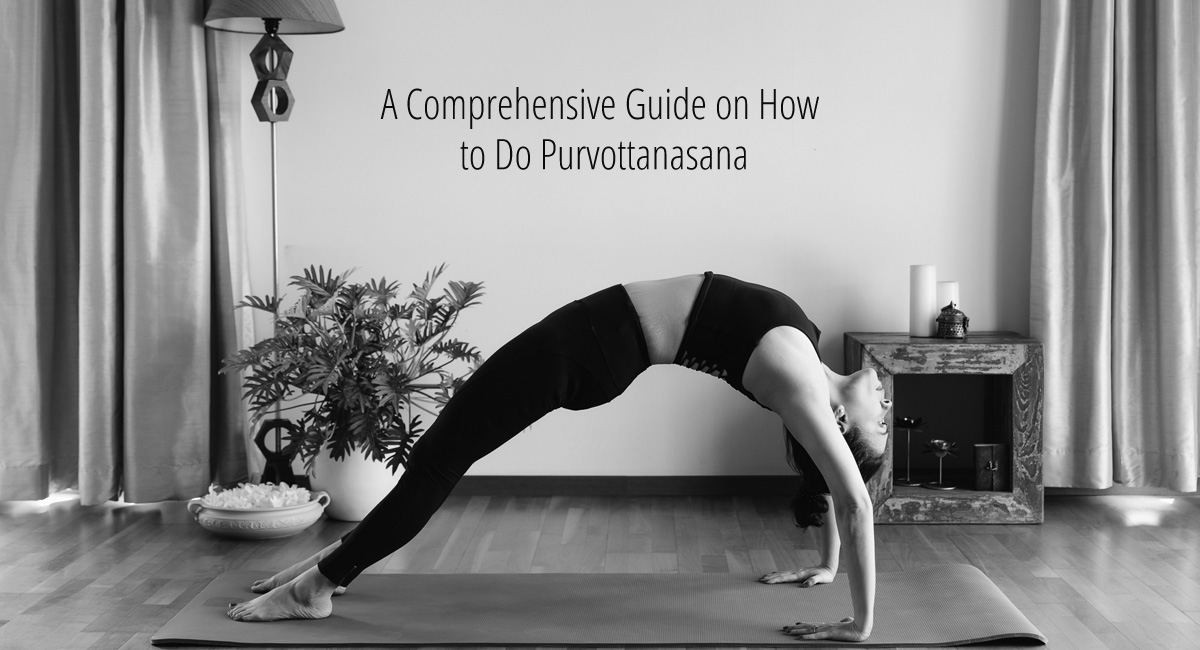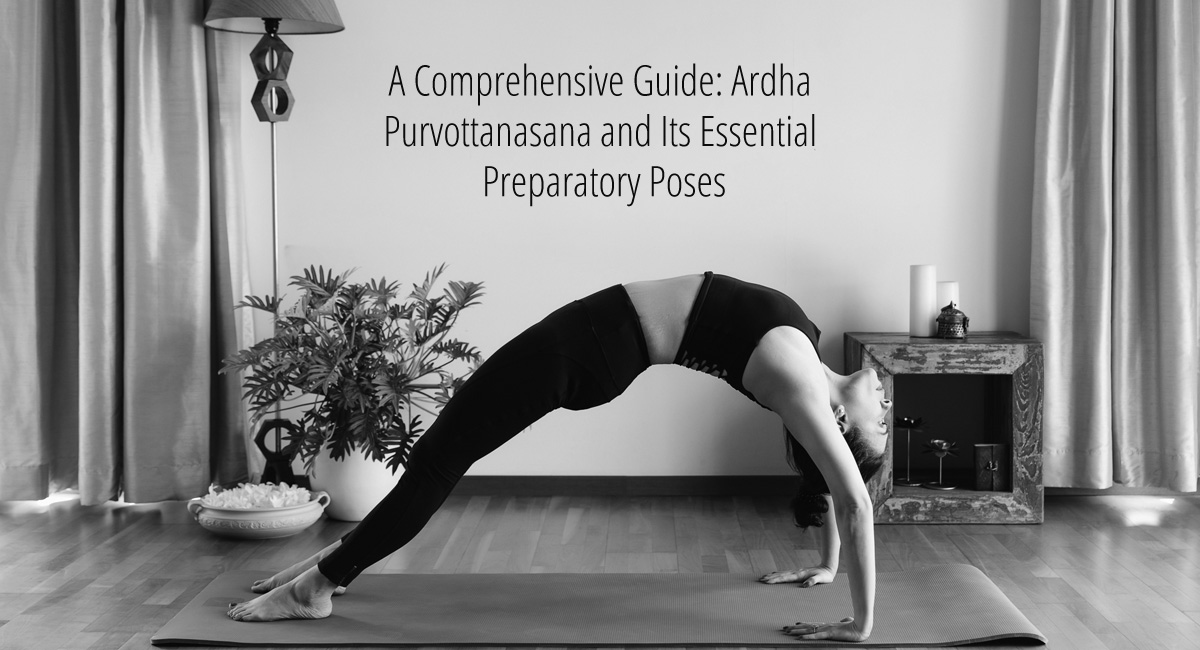
10 Yoga Poses for Desk Workers to Improve Posture and Reduce Pain
Table of Contents
The Impact of Desk Work on Posture and Health
In today’s digital age, many of us spend a significant portion of our day sitting at a desk, working on computers, or using other electronic devices. While this technology-driven lifestyle has brought numerous conveniences, it has also given rise to a host of health issues, with poor posture being a prevalent concern. Prolonged desk work can lead to slouched shoulders, hunched backs, and strained necks, all of which contribute to discomfort and even pain.
The Role of Yoga in Alleviating Desk-Related Discomfort
Amid the sea of discomfort associated with desk work, yoga emerges as a beacon of relief. Yoga is a practice that blends physical postures, controlled breathing, and mindfulness to promote overall well-being. It is particularly effective in mitigating the adverse effects of desk-related strain.
Here are some key ways yoga can help:
- Improved Flexibility: Desk work often leads to stiffness in the muscles and joints. Yoga postures gently stretch and release tension, enhancing flexibility and mobility.
- Enhanced Strength: Many yoga poses require engagement of various muscle groups. Consistent practice can strengthen the muscles that support good posture.
- Stress Reduction: Yoga incorporates relaxation techniques that alleviate stress and promote mental clarity. Reduced stress levels can contribute to better posture.
- Body Awareness: Yoga encourages mindfulness of body alignment and sensations. This awareness can help desk workers recognize and correct poor posture habits.
- Pain Relief: Yoga can alleviate common discomforts associated with desk work, such as back pain, neck pain, and headaches.
The Importance of Good Posture
Good posture is the alignment of your body in a way that places the least amount of strain on supporting muscles and ligaments. It involves maintaining a neutral spine, with shoulders relaxed and the chin parallel to the ground. Here’s why good posture is essential:
- Spinal Health: Proper alignment reduces the risk of developing spinal issues, such as herniated discs and chronic back pain.
- Muscle Efficiency: Good posture ensures that muscles work efficiently, reducing fatigue and preventing overuse injuries.
- Improved Breathing: Good posture allows for better lung expansion, leading to improved oxygen intake and overall energy levels.
- Enhanced Confidence: Good posture conveys confidence and assertiveness, positively impacting how you are perceived by others.
- Digestive Health: Proper alignment supports optimal digestive function, preventing issues like acid reflux.
Benefits of Maintaining Proper Posture
Maintaining proper posture offers a wide range of benefits that extend beyond physical health:
- Enhanced Productivity: When you sit or stand with good posture, you’re more alert and focused, which can boost productivity at work.
- Better Mood: Good posture has been linked to improved mood and self-esteem, as it can reduce feelings of anxiety and stress.
- Improved Digestion: Proper alignment aids in efficient digestion, reducing the likelihood of digestive discomfort.
- Reduced Risk of Injury: With good posture, you’re less prone to injuries, as your body is in an optimal position to handle physical stress.
- Long-Term Health: Consistently maintaining good posture can contribute to better long-term health, reducing the risk of chronic conditions related to poor posture.
Preparing for Your Yoga Practice
Before diving into yoga poses to improve posture, here are some tips to help you get the most out of your practice:
- Warm-Up: Begin with gentle warm-up exercises or stretches to prepare your muscles and joints for the poses.
- Use Props: Yoga props like blocks and straps can assist you in achieving correct alignment and deepening your practice.
- Breathe Mindfully: Focus on your breath throughout your practice. Deep, even breathing enhances relaxation and helps you maintain concentration.
- Listen to Your Body: Yoga is about self-awareness. Listen to your body and avoid pushing yourself into poses that cause pain or discomfort.
Yoga Poses for Desk Workers
Now, let’s explore ten yoga poses that can help desk workers improve their posture and reduce discomfort:
1. Tadasana (Mountain Pose):
Stand tall with feet hip-width apart, aligning your spine, shoulders, and head. Tadasana promotes awareness of body alignment.
2. Urdhva Mukha Svanasana (Upward-Facing Dog Pose):
This backbend stretches and strengthens the spine, counteracting the hunching often associated with desk work.
3. Bhujangasana (Cobra Pose):
Lie on your stomach, placing your palms beside your shoulders, and lift your chest off the ground. Bhujangasana helps open the chest and improve upper back posture.
4. Ustrasana (Camel Pose):
Kneel and arch your back, reaching for your heels. Ustrasana opens the chest and stretches the front of the body, promoting a more upright posture.
5. Setu Bandha Sarvangasana (Bridge Pose):
Lie on your back with knees bent, lifting your hips off the ground. This pose strengthens the lower back and glutes, supporting a strong posture.
6. Adho Mukha Svanasana (Downward-Facing Dog Pose):
Stretch into an inverted V-shape, elongating the spine and relieving tension in the back and neck.
7. Ardha Chandrasana (Half Moon Pose):
This balance pose strengthens core muscles and improves overall stability, which is crucial for maintaining good posture.
8. Virabhadrasana I (Warrior I Pose):
Step one foot forward, bend the knee, and extend your arms upward. Warrior I promotes balance and alignment, strengthening the legs and back.
9. Paschimottanasana (Seated Forward Bend):
Sit with legs extended and reach forward to touch your toes. This stretch releases tension in the lower back and hamstrings.
10: Savasana (Corpse Pose):
Lie down, close your eyes, and consciously relax each part of your body. Savasana helps reduce overall tension and promotes relaxation.
Additional Tips for Improved Posture at Work
In addition to your yoga practice, consider implementing these strategies to maintain good posture at work:
- Ergonomic Workspace: Adjust your desk, chair, and computer monitor to ergonomic heights and angles to support a neutral posture.
- Frequent Breaks: Take short breaks every 30 minutes to stand, stretch, and walk around to combat the negative effects of prolonged sitting.
- Body Awareness: Be mindful of your posture throughout the day. Set reminders to check your alignment and make necessary adjustments.
- Exercise Regularly: Incorporate regular physical activity into your routine to strengthen muscles and maintain flexibility.
- Stay Hydrated: Proper hydration keeps your muscles and joints functioning optimally.
Conclusion
Desk work can take a toll on your posture and overall health, but with the help of yoga, you can mitigate its adverse effects. Regular practice of yoga poses that promote good posture, combined with mindfulness and ergonomic adjustments, can lead to a more comfortable and healthy workday.
By integrating yoga into your daily routine and prioritizing proper posture, you can not only alleviate discomfort but also enhance your overall well-being and productivity.

I am a Pune based artist, Kathak dancer, Dance Movement Therapist, and an avid Yoga practitioner/ teacher. I am also the Director at the Sakal Media Group, a Trustee of Pune Blind School and Nirdhar Trust.
Being a part of Sakal Media Group, with its strong foundation of service and ethical journalism, I am deeply committed in making this world a better place by pushing boundaries, giving opportunities to others, following my convictions, helping others make better choices and to tell powerful stories that will help reshape the world we live in.





